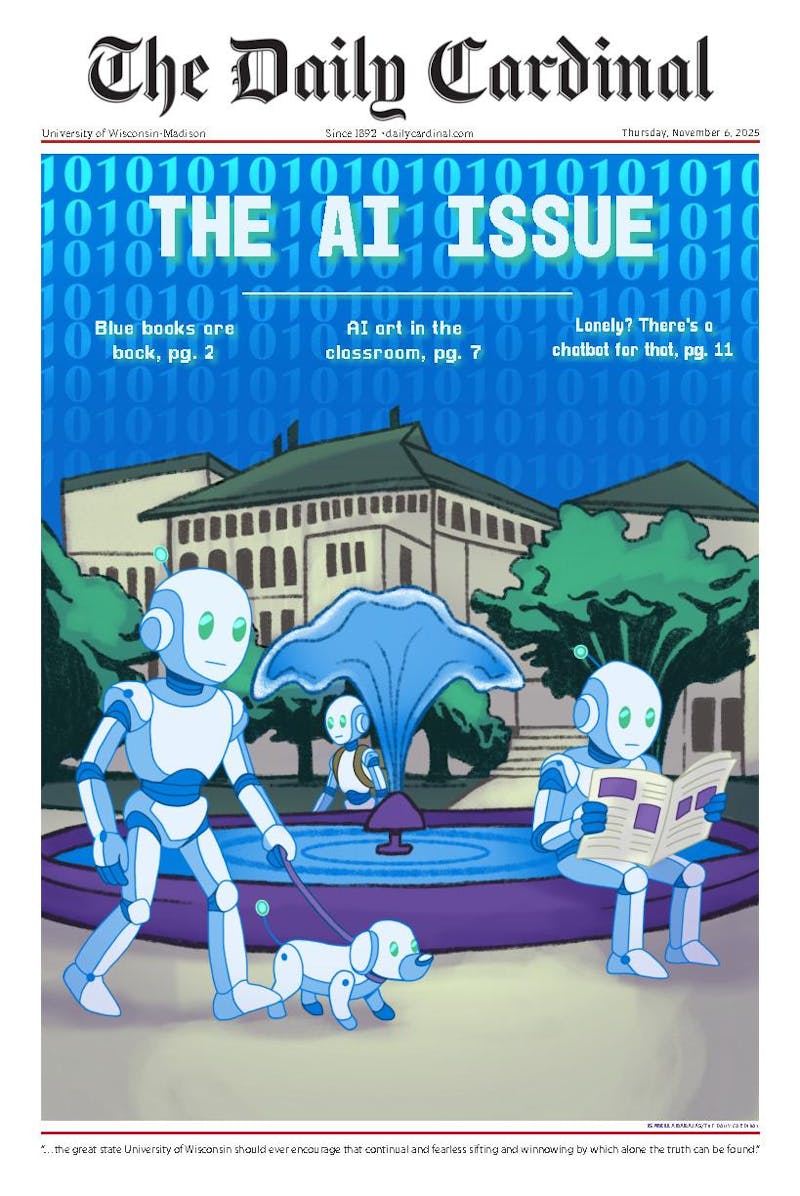In \The Da Vinci Code,"" author Dan Brown described the number phi, which he claimed occurs in countless occasions in nature. Because of its ubiquity, Brown wrote, phi was dubbed the Divine Proportion by ancient scholars who believed the number was ""God's building block for the world."" But is the number really all around us? And is it as magical as Brown would have us believe?
The number itself, 1.618..., doesn't seem remarkable, but mathematically it has elegant simplicity. For example, 1 divided by phi is the same as phi minus 1:
1 ?? phi = phi - 1.
You can also square phi by simply adding 1:
phi^2 = phi + 1 .
Author Marcus Chown, writing in The Guardian, derives a close approximation of phi this way: Start with any two numbers. Make a third by adding the first and second number. Make a fourth number by adding the second and third. Continue this way until you get to about the 20th number, then divide the 20th number by the 19th. No matter the numbers with which you start, you'll get a ratio around 1.618034...
UW-Madison professor of mechanical engineering Vadim Shapiro said phi might be fun to play with, but it rarely finds its way into serious computations.
""It's just like pi--it's a value, but beyond that we're not particularly preoccupied with it,"" he said. ""That doesn't diminish its importance, but I've never seen it explicitly used in mathematics.""
It occurs in nature as the golden angle, 137.5 degrees, calculated from 360 - 360/phi. When leaves grow on a stem, they need to be offset from one another at just the right angle so each leaf maximizes its exposure to sunlight and minimizes the shadow it casts on leaves below it. No matter which plant you examine, each successive leaf will be offset from the previous one by 137.5 degrees.
Examples of spirals in nature whose diameters vary by a ratio of phi can be found in flowers, pine cones, pineapples and even mollusk shells, prompting scholars' claims of the number's ubiquity.
The golden ratio has also been linked to the 'golden rectangle,' the rectangle supposedly most pleasing to the human eye. The golden rectangle is a rectangle the ratio of whose sides is phi, that is, whose length is 1.618 times its width. You carry a golden rectangle in your wallet: Measure your credit card or student ID and do the math.
Scholars debate whether the golden rectangle is as visually pleasing as legend claims. Researcher Hirohiko Ohta wrote in the journal Perception in 1999 that subjects in his lab favored those rectangles whose sides were in a ratio closest to the golden ratio. But subsequent research published in the same journal in 2000 challenged Ohta's claim: Phil Russell of Scotland's University of Aberdeen presented two studies, both of which concluded that subjects' preferences were so varied that golden rectangles were no more favored than others.
Fine arts scholars have also jumped into the fray. Numerous academics suggest some architecture was based on golden rectangles because of the shape's supposedly universal appeal. Observers have found golden rectangles in buildings from the United Nations headquarters to the ancient Greek Parthenon. Yet skeptics abound, including UW-Madison mathematics professor Richard Askey.
""Sure, there are instances of golden rectangles in the Parthenon, but there are so many different things there you can come up with anything,"" Askey said, discounting the idea that Greek architects intentionally incorporated golden rectangles into the Parthenon's design.
Narciso Menocal, a UW-Madison professor of art history, agreed.
""There are those who are so passionate about [golden rectangles] they see them everywhere. Be careful with that,"" he cautioned.
Art historians are equally animated on the subject. Some argue artists use golden rectangles to frame different objects, or use the golden ratio to determine how to set apart sections of the picture.
""Sometimes [the ratio] could be where the sky is relative to the ground, or sometimes where the ground is relative to the sky,"" said Anne Lambert, curator of education at the Elvehjem Museum of Art. In other words, the distance from the edge of the painting to the horizon line would be 1.618 times longer than the distance from the horizon line to the other edge.
If paintings do reflect the golden ratio, did the artists intentionally fit their artwork to the exact ratio, or did it happen involuntarily as artists simply created a visually appealing piece?
""I'm not sure artists are thinking about it in mathematical terms, but I think it happens as they try to work out harmony, balance, interesting proportions,"" Lambert said.
Menocal agreed, suggesting that artists of yore were aware at some level that they were modeling their paintings after the golden ratio.
""I think it was instinctive for them, though it was probably influenced by awareness of the golden ratio rather than innateness,"" he said.
The most famous example of the golden ratio is da Vinci's ""Vitruvian Man,"" a drawing that relates the dimensions of the human body to geometric figures, but Menocal said the drawing is not completely accurate. For example, it claims the length of a person's wingspan, from one outstretched fingertip to the other, equals the person's height.
""At 3 a.m. in architectural school, my friends and I decided to test that,"" Menocal said. ""It didn't quite work-the arm spread is slightly longer."" He added the discrepancy was more pronounced in students who were more athletic. Still, he said, ""Vitruvian Man"" does reflect some accurate measurements with ratios that conform to the golden ratio.
""That's why we like [the golden ratio] so much,"" he said. ""We recognize ourselves in it.""
Dinesh Ramde is a graduate student in journalism. You can e-mail him at dramde@wisc.edu.





